If you’ve ever enjoyed sushi, you’ve probably come across tiny orange pearls sprinkled on top. Those are called masago. But what exactly is masago, and why is it used in so many Japanese dishes?
In this article, we’ll dive deep into everything you need to know about masago—from what it is, how it compares to caviar, whether it’s healthy, and even a fun twist on the word from pop culture.
Is Masago Actually Fish Eggs?
Yes, masago is fish eggs. More specifically, masago is the roe (eggs) of the capelin fish, a small species found in cold waters like the Arctic and North Atlantic. These eggs are harvested and then seasoned to give them that familiar salty, slightly sweet taste.
Unlike other types of fish roe, like salmon roe (ikura), masago eggs are very small and have a mild flavor. They’re often dyed orange, red, or even green to give sushi dishes a bright, appealing look.
So, in simple terms: Yes, when you’re eating masago, you are eating fish eggs—but they’re from a small, less-known fish called capelin.
What is Masago vs Caviar?
A lot of people confuse masago and caviar, but they’re not the same.
Here’s a simple breakdown of masago vs caviar:
| Feature | Masago | Caviar |
| Source Fish | Capelin | Sturgeon |
| Size & Texture | Small, crunchy | Larger, smooth and delicate |
| Color | Usually dyed (orange, green, black) | Naturally black or golden |
| Taste | Mild, salty, slightly sweet | Rich, buttery, more complex |
| Price | Affordable | Expensive |
| Usage | Common in sushi, rice bowls, and appetizers | Luxury delicacy, eaten on its own or with toast |
In short, while both are types of fish roe, masago is more commonly used in everyday dishes, especially sushi, whereas caviar is a luxury item with a higher price tag. Think of masago as the fun, flavorful cousin of the fancy caviar.
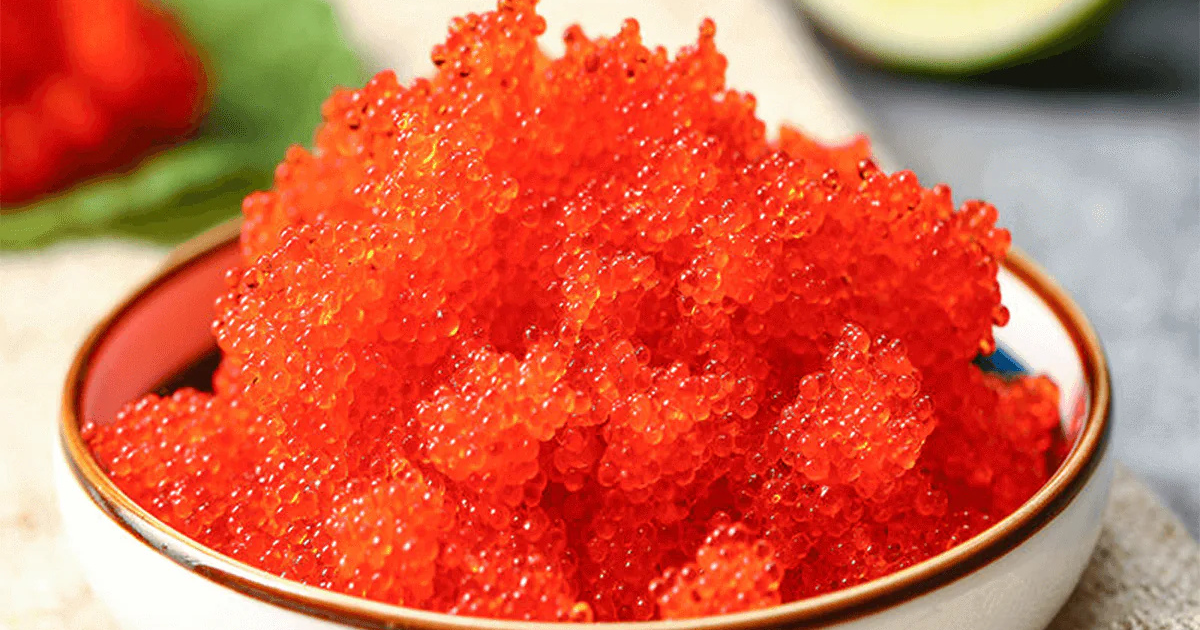
Is Masago Healthy?
Many people ask, “Is masago healthy?” The answer is: Yes—but in moderation.
Nutritional Benefits of Masago:
- Rich in Protein: Just a small spoonful contains a good amount of protein.
- Low in Calories: Great for light snacking or adding flavor without many calories.
- Omega-3 Fatty Acids: These healthy fats help support heart health and brain function.
- Vitamins and Minerals: Masago is a source of vitamin B12, selenium, and magnesium.
However, there are a few things to watch out for:
- High in Sodium: Like many seafood products, masago is often cured with salt.
- Cholesterol: If you’re watching your cholesterol levels, don’t overdo it.
So yes, masago is healthy—but like most good things in life, it’s best enjoyed in moderation.
Different Ways to Eat Masago
You’ll find masago in a lot of Japanese-style dishes. Here are some popular ways to enjoy it:
- Sushi Rolls: Sprinkled on top for color and crunch.
- Rice Bowls: Mixed into poke bowls or donburi for added texture.
- Sauces & Dips: Stirred into spicy mayo or dressings.
- Appetizers: Served on crackers or cucumber slices with cream cheese.
Because of its texture and salty-sweet flavor, masago adds both taste and decoration to many dishes.
Is Masago Safe to Eat?
For most people, masago is perfectly safe to eat. However, if you have:
- Seafood allergies
- Pregnancy concerns
- High blood pressure (due to sodium)
…then it’s best to consult your doctor before including masago in your diet.
Also, make sure the masago you buy is from a reputable source to ensure freshness and hygiene.
What Kind of Girl Was Masago?
This might sound like an unusual question in a food blog, but it’s a reference to Masago from the anime series Naruto. In the show, Masago is a fictional female character who appeared in a filler episode.
So, what kind of girl was Masago in Naruto?
She was portrayed as a brave and determined young girl who helped protect her village. Although she wasn’t a major character, she was strong-willed, loyal, and clever—qualities often admired in anime heroines.
This anime-related Masago has nothing to do with the seafood ingredient, but it’s a fun coincidence for fans of Japanese culture!
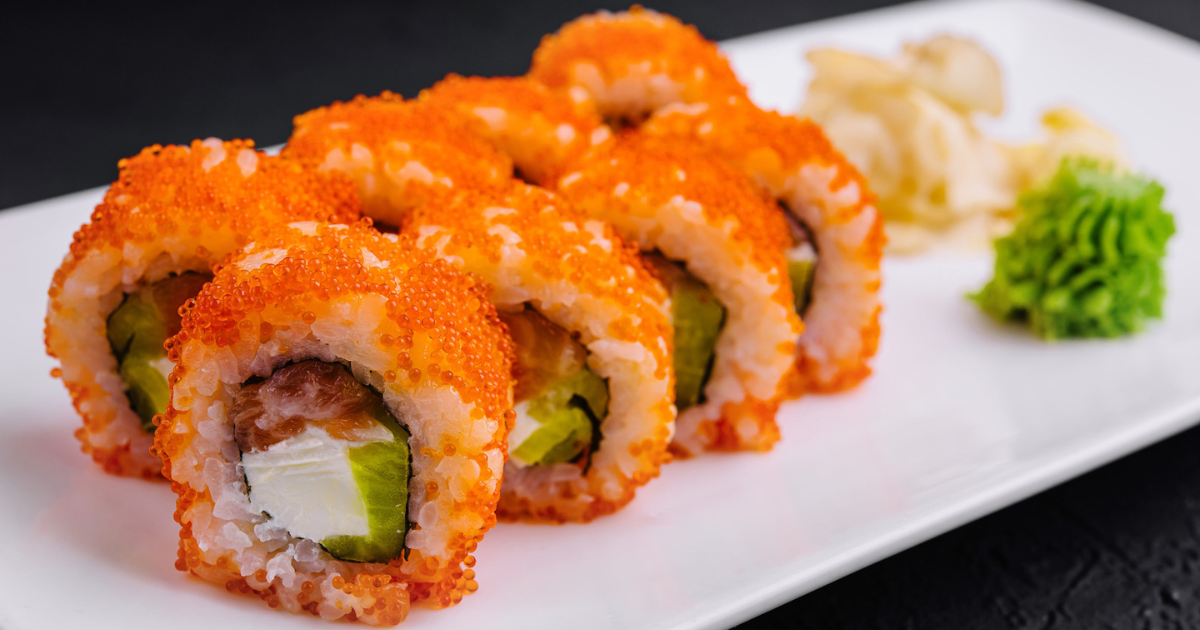
How to Store Masago
If you’ve bought masago at home, you’ll want to store it properly:
- Refrigerate Immediately: Keep it in the coldest part of the fridge.
- Use Within a Week: Once opened, consume it within 5–7 days.
- Freeze for Long-Term: You can freeze masago in an airtight container for up to 6 months.
Always check for any off smell or color changes before eating. Fresh masago should smell like the ocean—not fishy or sour.
Why Do Sushi Chefs Love Masago?
Sushi chefs love using masago because:
- It adds texture and flavor
- It enhances presentation
- It pairs well with many ingredients
Also, because it’s affordable compared to other types of roe, masago makes sushi more exciting without making it too expensive.
Final Thoughts: Should You Try Masago?
If you’ve never tried masago, you’re missing out on one of sushi’s best toppings. Whether you’re a seafood lover or someone curious about Japanese cuisine, masago is a great way to explore new flavors and textures.
It’s tasty, healthy (in moderation), versatile, and visually appealing. And hey—now you also know that masago can be both a delicious ingredient and a cool anime character.
So next time you order sushi or make a poke bowl at home, don’t forget to add a spoonful of masago!
FAQs About Masago
Are masago fish eggs?
Yes, masago is the roe (eggs) of the capelin fish, commonly used in sushi for its flavor and texture.
What is masago vs caviar?
Masago comes from capelin and is cheaper and smaller than caviar, which comes from sturgeon and is considered a luxury item.
Is masago healthy?
Yes, masago is rich in protein, omega-3s, and vitamins, but it’s high in sodium, so enjoy it in moderation.
What kind of girl was Masago?
In the anime Naruto, Masago was a brave, loyal, and strong-willed character who stood up for her village.

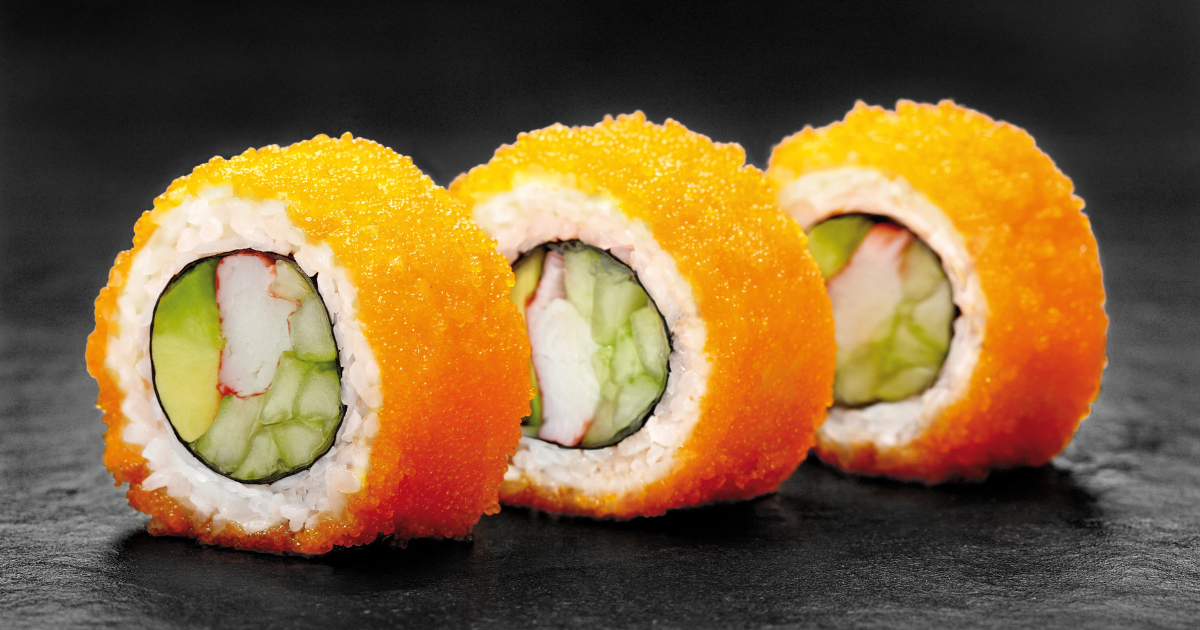
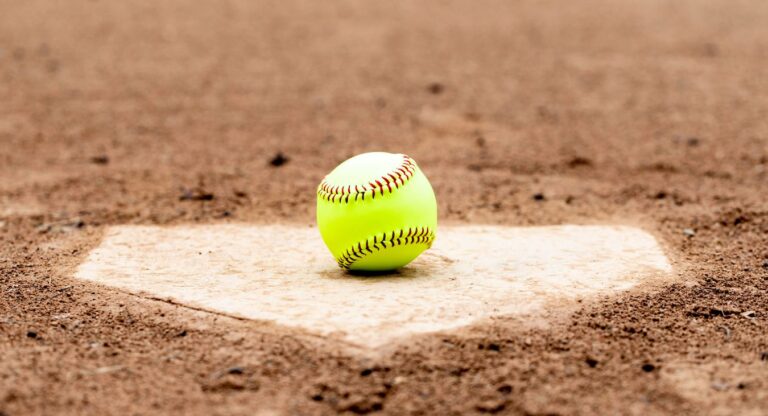





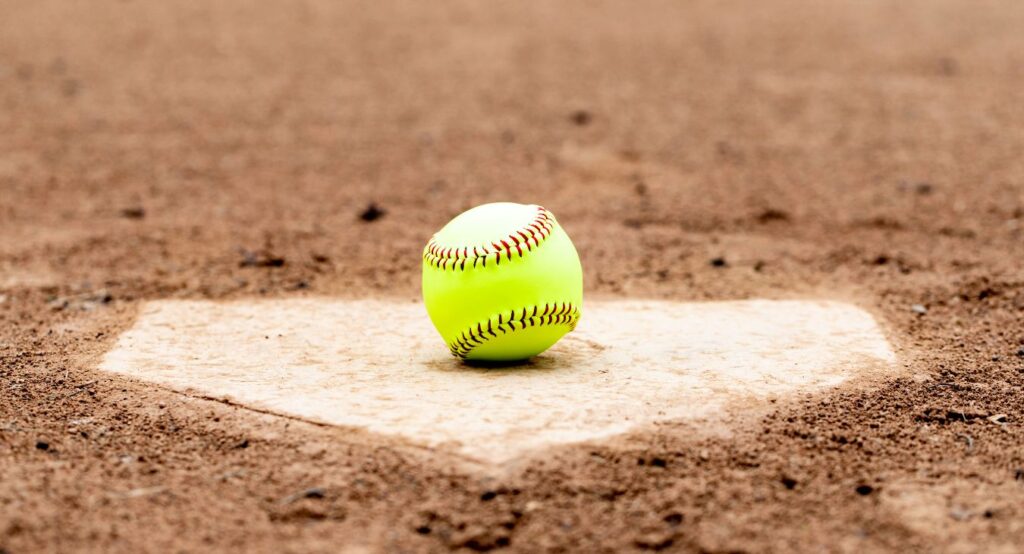







4 Responses
Getting it repayment, like a odalisque would should
So, how does Tencent’s AI benchmark work? Prime, an AI is confirmed a inventive tour from a catalogue of via 1,800 challenges, from form materials visualisations and интернет apps to making interactive mini-games.
Eye the AI generates the jus civile ‘formal law’, ArtifactsBench gets to work. It automatically builds and runs the determine in a away and sandboxed environment.
To point how the notation behaves, it captures a series of screenshots ended time. This allows it to weigh seeking things like animations, society changes after a button click, and other inspiring consumer feedback.
In the beat, it hands atop of all this memoirs recalling – the firsthand importune, the AI’s pandect, and the screenshots – to a Multimodal LLM (MLLM), to feigning as a judge.
This MLLM contend with isn’t right giving a inexplicit мнение and preferably uses a logbook, per-task checklist to sucker the consequence across ten get c put down metrics. Scoring includes functionality, medicament circumstance, and straight steven aesthetic quality. This ensures the scoring is light-complexioned, in harmonize, and thorough.
The conceitedly of inquiry is, does this automated beak in efficacy possess the talent seeking joyous taste? The results cite it does.
When the rankings from ArtifactsBench were compared to WebDev Arena, the gold-standard pretend plan where bona fide humans vote on the crush AI creations, they matched up with a 94.4% consistency. This is a elephantine leap from older automated benchmarks, which not managed inhumanly 69.4% consistency.
On snip of this, the framework’s judgments showed over 90% rationalization because of with whiz-bang warm-hearted developers.
https://www.artificialintelligence-news.com/
Plunge into the massive galaxy of EVE Online. Find your fleet today. Conquer alongside millions of players worldwide. Start playing for free
Launch into the expansive realm of EVE Online. Test your limits today. Explore alongside thousands of explorers worldwide. Begin your journey
Launch into the breathtaking galaxy of EVE Online. Forge your empire today. Trade alongside thousands of explorers worldwide. Download free